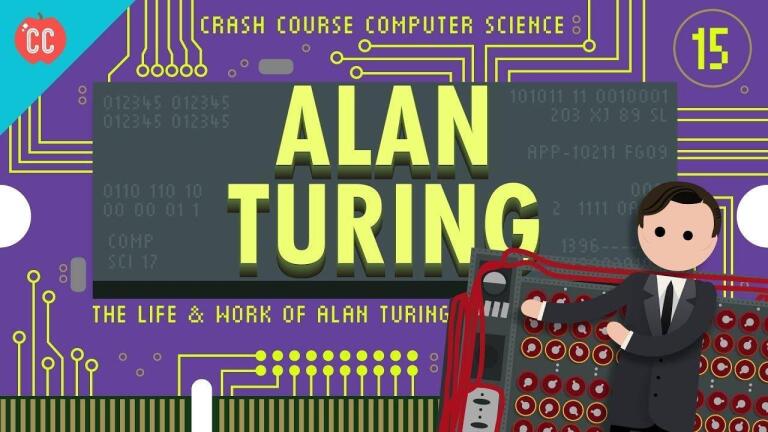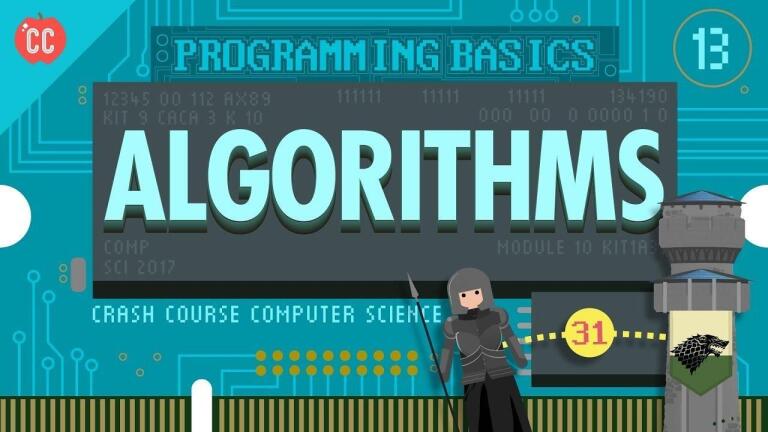Up Next

Programming Basics: Statements & Functions: Crash Course Computer Science #12
Season 1
Episode 12
11:35
Back to Show
Crash Course Computer Science
Advanced CPU Designs: Crash Course Computer Science #9
Season 1
Episode 9
So now that we’ve built and programmed our very own CPU, we’re going to take a step back and look at how CPU speeds have rapidly increased from just a few cycles per second to gigahertz! Some of that improvement, of course, has come from faster and more efficient transistors, but a number hardware designs have been implemented to boost performance.
Support Provided By

10:22
We'll talk about how large programs are typically broken up into into function units.

12:51
The father of computer science himself: Alan Turing.

10:06
Today we’re going to talk about on how we organize the data we use on our devices.

11:30
Algorithms are the sets of steps necessary to complete computation.

11:35
We’ll start by creating small programs for our very own video game to show how statements

10:56
These new languages utilized new abstractions to make programming easier.

9:04
Today, we’re going to look at the history of programming

10:14
Today we’re going to take our first baby steps from hardware into software!

11:15
Today we’re going to build the ticking heart of every computer.

12:07
Today we’re going to create memory!

11:09
Today we're going to talk about a fundamental part of all modern computers.

10:38
We’re going to take a look at how computers use a stream of 1s and 0s to represent data.










